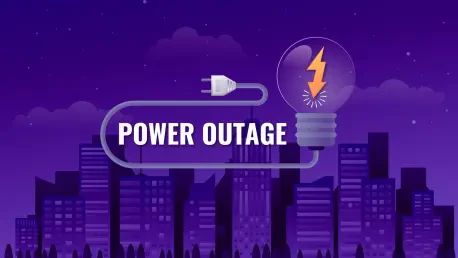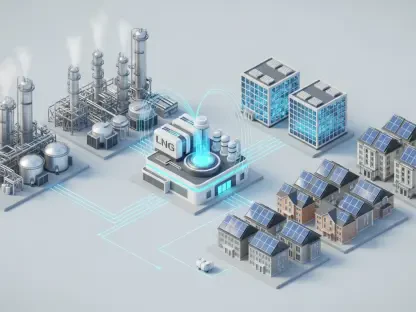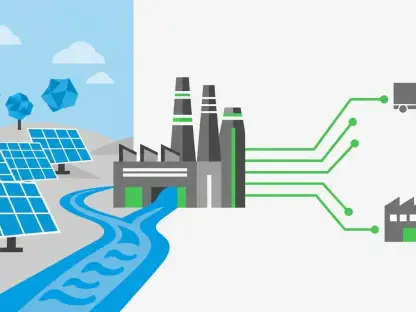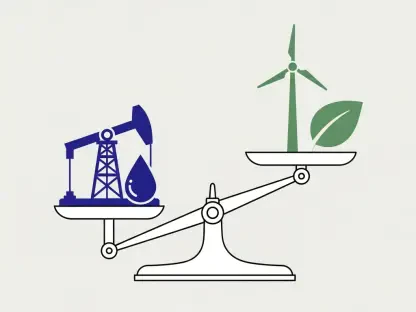I’m thrilled to sit down with Christopher Hailstone, a seasoned expert in energy management and renewable energy, with a deep focus on electricity delivery and grid reliability. As our go-to utilities specialist, Christopher brings invaluable insights into the complex energy challenges facing regions like Iraq. Today, we’ll dive into the recent power outage that struck central and southern Iraq, exploring the root causes, the impact on residents amidst scorching temperatures, and the broader systemic issues plaguing the country’s electricity infrastructure. We’ll also touch on regional disparities, historical context, and the resilience of Iraqis in coping with persistent power shortages.
Can you walk us through what triggered the recent power outage in central and southern Iraq?
Certainly, Carlos. The outage was primarily caused by a sudden shutdown at the Hamidiya power plant in Anbar province. This wasn’t just a localized failure; it created a domino effect, leading to a fault across the entire electricity transmission network in the region. Essentially, when a key plant like Hamidiya goes offline unexpectedly, it disrupts the balance of power supply and demand, causing widespread blackouts in central and southern Iraq.
How did this breakdown at the Hamidiya plant ripple out to affect the broader transmission network?
The transmission network is like a tightly interconnected web. When a major node, such as the Hamidiya plant, shuts down, it creates an imbalance in the grid. The system wasn’t able to reroute power quickly enough or handle the sudden loss of supply, leading to cascading failures across the lines. This is a classic example of how fragile Iraq’s grid infrastructure can be, especially under stress from high demand during extreme heat.
What was the impact of this blackout on the daily lives of people in these regions?
The impact was severe, especially given the timing. With temperatures in Baghdad soaring to 47 degrees Celsius, losing power meant no access to fans, air conditioning, or refrigeration. People couldn’t cool their homes or preserve food, and businesses ground to a halt. For many, it’s not just an inconvenience—it’s a health risk, particularly for the elderly and children who are more vulnerable to heatstroke.
How did the electricity ministry respond to this crisis immediately after it occurred?
The ministry went into what they called “full emergency mode.” Their technical teams were deployed right away to diagnose and address the fault at Hamidiya and stabilize the grid. They started a process of gradually restoring power, which means bringing sections of the grid back online step by step to avoid overloading the system again. They estimated it would take several hours to fully restore service, prioritizing critical areas first.
Why wasn’t the Kurdistan region affected by this outage, unlike the central and southern parts of Iraq?
That’s an interesting point. The Kurdistan region operates with a degree of autonomy, not just politically but also in terms of infrastructure. Their power system is somewhat decoupled from the national grid in central and southern Iraq. They’ve invested in local generation capacity and have a more isolated network, which shielded them from the cascading failures that hit the rest of the country during this incident.
Many Iraqis rely on private generators or solar power. Can you explain why this has become so common?
Absolutely. For decades, the government-provided electricity in Iraq has been unreliable, often available for only a few hours a day. This has forced households and businesses to turn to private generators or, more recently, solar panels to bridge the gap. It’s a practical response to a systemic failure—people have had to take energy security into their own hands because the national grid simply can’t meet demand consistently.
As a major oil producer, why does Iraq still face such persistent struggles with providing steady electricity to its citizens?
It’s a paradox, isn’t it? Despite its oil wealth, Iraq’s energy infrastructure has been crippled by a combination of historical and systemic issues. The 2003 U.S.-led invasion and the ensuing chaos severely damaged the country’s infrastructure. Add to that years of under-investment, mismanagement, and corruption, and you’ve got a national grid that’s unable to keep up with population growth and rising demand. Plus, reliance on imported gas, particularly from Iran, adds another layer of vulnerability.
Looking back, can you share some insights on past protests over power and water shortages, like those in Baghdad in 2021?
Those protests in 2021 were a powerful expression of frustration. With temperatures exceeding 50 degrees Celsius, power and water cuts pushed people to their limits. Hundreds took to the streets in Baghdad and other cities, demanding accountability from the government. The root causes were the same as today—chronic underinvestment in infrastructure and an inability to provide basic services. It highlighted how energy issues aren’t just technical; they’re deeply tied to social stability and public trust in governance.
What is your forecast for Iraq’s electricity infrastructure in the coming years?
I think the road ahead is challenging but not without hope. If Iraq can address systemic issues like corruption and prioritize investment in modernizing the grid—perhaps by integrating more renewable energy like solar, which is abundant in the region—there’s potential for improvement. However, political will and regional stability are crucial. Without sustained effort and international support, we might see more of the same: frequent outages, public discontent, and reliance on stopgap solutions. I’m cautiously optimistic, but the hurdles are significant.









